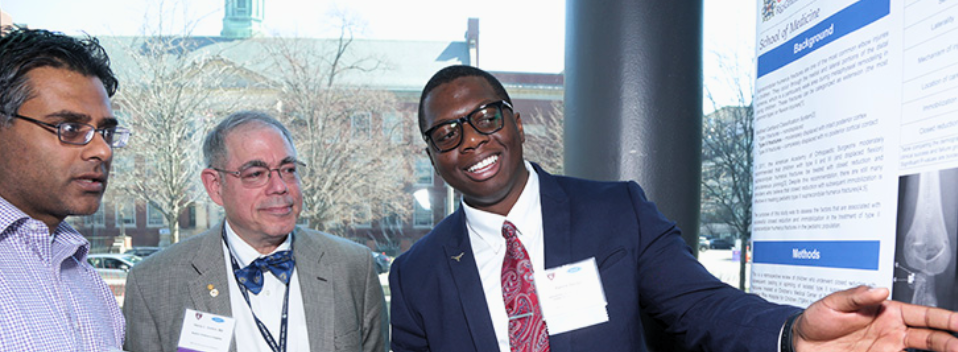
MEDI 9331 Scholarly Activities Clinical Years
Document Type
Abstract
Publication Date
Fall 10-15-2024
Abstract
Background:
Preventable medical errors and adverse events in US hospitals are far too common and contribute to an estimated $17 billion annually in healthcare expenditures. Falls comprise the majority of these preventable adverse events and are a significant cause of increased healthcare costs, prolonged hospital stays, and patient morbidity and mortality. The average cost per hospital fall is estimated at $62,521 ($35,365 direct costs). Despite numerous preventative measures, the complexity of managing multiple interventions can lead to inconsistent application. Inspired by the success of surgical "time-out" checklists in operating rooms, we hypothesized that a standardized checklist for fall prevention could streamline these measures and reduce the incidence of falls in hospitalized patients.
Methods:
A comprehensive fall prevention checklist was developed and integrated into the electronic health record (EHR) system at Knapp Medical Center, specifically for surgical patients. This checklist included evidence-based interventions such as patient risk assessments, bed alarms, and mobility support protocols. Data on falls in the surgical unit were collected for six months before and after checklist implementation. Compliance with the checklist was monitored and correlated with the incidence of falls.
Results:
Following the implementation of the fall prevention checklist, zero falls were reported in the surgical unit over a six-month period. This represents a significant reduction compared to the 11 falls documented six months before checklist implementation. Of the pre-implementation falls, one involved a surgical patient. Compliance with the checklist was consistent across all surgical patients, suggesting that the integration of the checklist into the EHR facilitated adherence to fall prevention protocols.
Conclusion:
Introducing a standardized fall prevention checklist in the surgical unit at Knapp Medical Center was associated with a marked reduction in falls, supporting the hypothesis that checklist-driven interventions improve patient safety. Given the success of this pilot project, we plan to expand the checklist to other units within the hospital. Broader implementation could significantly reduce fall-related morbidity, mortality, and healthcare costs.
Recommended Citation
Bialaszewski, Ryan P.; Sander, Michael; Hincapie, Maria; Garza, Rita; and Cavazos, Aurora, "Preventing the Next Fall: The Power of a Simple Checklist in Reducing Patient Falls" (2024). MEDI 9331 Scholarly Activities Clinical Years. 84.
https://scholarworks.utrgv.edu/som9331/84
Academic Level
medical student
Mentor/PI Department
Surgery

